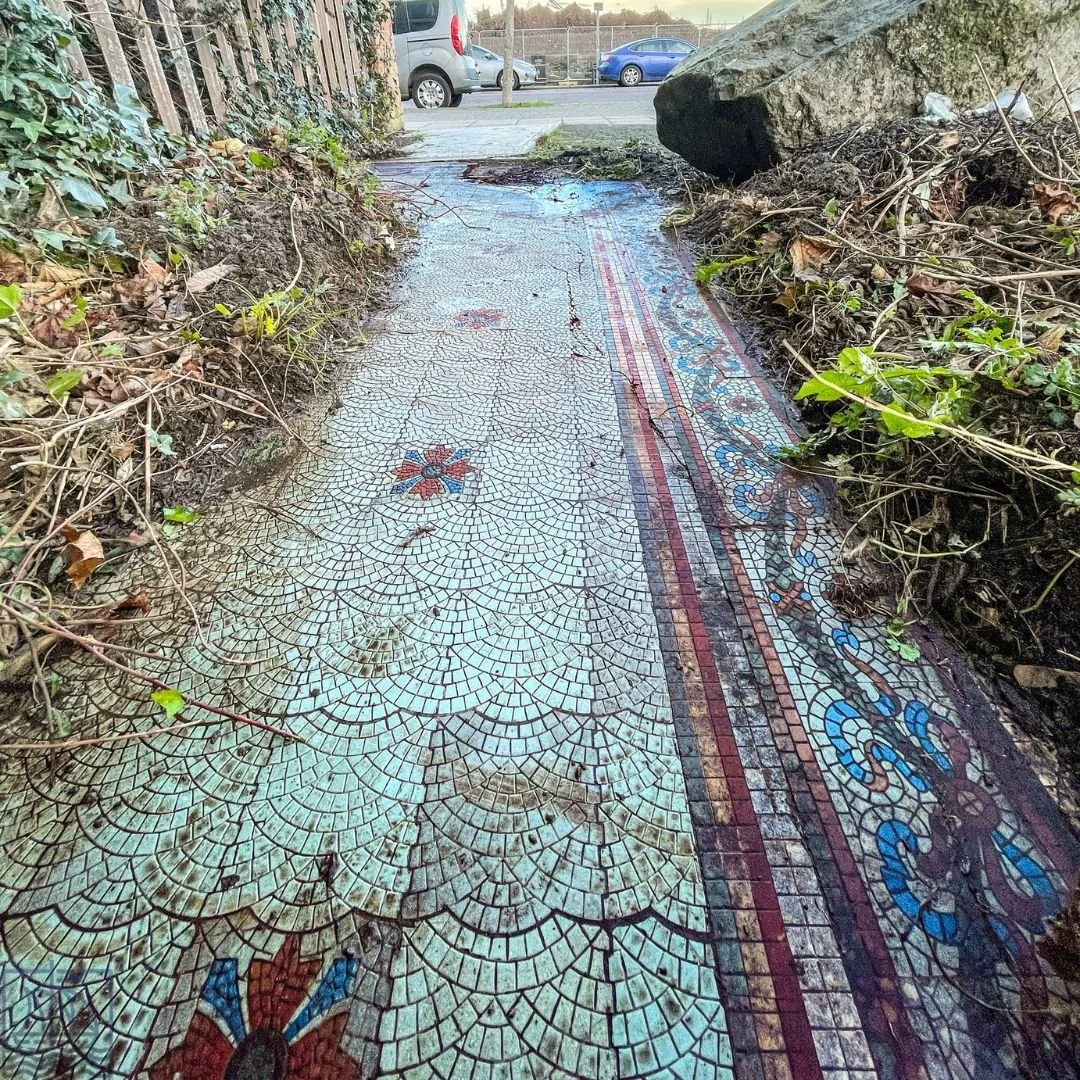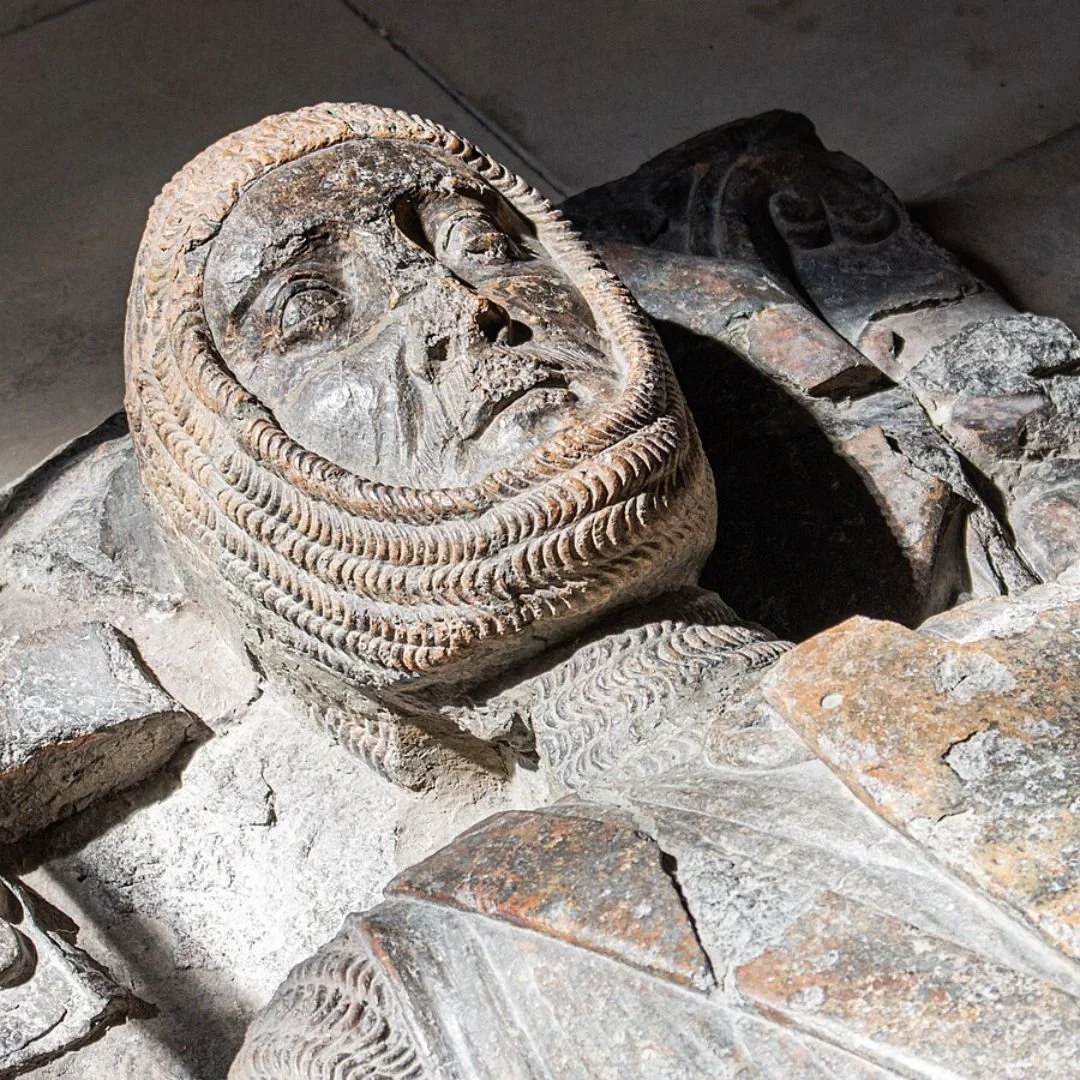The Secrets Beneath Benjamin Franklin House, London
Benjamin Franklin House is a museum in a terraced Georgian house at 36 Craven Street, London.
The Grade 1 listed structure is the former residence of Benjamin Franklin, one of the Founding Fathers of the United States.
Franklin supported America's fight to gain their independence and thrive as a strong united nation.
His former London residence dates from 1730, and he lived and worked here from 1757 around 1776.
During this period, he worked as a colonial agent, representing American interests in Britain while navigating the growing tensions between the American colonies and the British government.
It was here that Franklin also conducted scientific experiments, entertained prominent intellectuals, and wrote extensively about politics, science, and philosophy.
In 1776, Franklin left his English home to come back to America.
More than 200 years later, 10 bodies were found in the basement, buried in a secret, windowless room beneath the garden.
This date suggests that they may have been buried in the basement at the same time that Franklin was living there.
In 1998, conservationists began restoring the historic house to transform it into a museum and education centre.
During the renovations, a construction worker discovered a cache of human bones buried in the basement.
The scene resembled something out of a Gothic novel: more than 1,200 pieces of skeletal remains belonging to more than 15 individuals were unearthed.
Among the bones were skulls, femurs, and vertebrae - many of which bore signs of dissection, sawing, and other surgical procedures.
The discovery prompted immediate speculation.
Why were there so many bodies hidden beneath the home of one of history’s most revered figures?
Could Franklin, the face of reason and enlightenment, have been involved in some sinister activities?
An investigation revealed that Franklin himself was not directly involved in the deaths or burial of these individuals.
Instead, the bones were linked to his close friend and protege, William Hewson, a pioneering anatomist and surgeon who rented a portion of the house during Franklin’s residency.
Hewson, a leading figure in 18th century medical science, ran an anatomy school in the building, conducting dissections and research into the human body.
At the time, anatomy schools were becoming vital to medical advancements, but they faced a significant obstacle: a shortage of legal cadavers.
The Anatomy Act of 1832, which legalised the dissection of donated bodies, was still decades away.
This forced anatomists like Hewson to turn to "resurrectionists" - body snatchers who exhumed fresh corpses from graveyards to meet the demand for anatomical study.
The 18th century was a time of rapid medical advancements, but public attitudes toward dissection were deeply hostile.
People feared that dissection would deny them a proper burial, which they believed was essential for the afterlife.
As a result, only the bodies of executed criminals were legally available for dissection.
This scarcity created a black market for bodies, and resurrectionists capitalized on the opportunity.
These grave robbers operated under the cover of night, digging up newly buried corpses and selling them to anatomists for a handsome fee.
Hewson’s school at 36 Craven Street would have relied on such practices to obtain cadavers for dissection.
The skeletal remains found in the basement likely represent bodies used in his medical research, quietly disposed of afterward to avoid detection.
While the thought of bodies being dissected and discarded in Franklin’s former home is unsettling, it’s important to view these actions within the context of the time.
In the 18th century, dissection was an essential tool for advancing medical knowledge.
William Hewson, who worked alongside Franklin’s landlord and father-in-law, Richard Bache, was particularly interested in the lymphatic system and blood circulation.
His experiments contributed significantly to understanding the human body, even if his methods were ethically questionable by today’s standards.
It’s also worth noting that Franklin, a scientist and inventor in his own right, likely approved of Hewson’s work.
Franklin was a man of the Enlightenment, committed to scientific inquiry and progress.
He may have turned a blind eye to the source of the cadavers, recognising the value of Hewson’s research in advancing medical science.
The discovery of the bones under Benjamin Franklin House caused a stir when it was first reported, with sensational headlines suggesting that Franklin himself might have been a secret serial killer or involved in occult practices.
However, historians and archaeologists quickly dismissed such claims, emphasising Franklin’s role as a supporter of scientific exploration rather than a participant in anatomical dissections.
The bones remain a sobering yet fascinating part of the history of Benjamin Franklin House, which now operates as a museum dedicated to Franklin’s life and achievements.
Visitors to Benjamin Franklin House can explore its history through guided tours and interactive exhibits.
The museum itself is a treasure trove of Georgian architecture.
From its original wooden floors to the grand fireplaces and delicate plasterwork, every detail has been meticulously preserved.
The narrow staircase, creaky floors, and large sash windows give visitors an authentic sense of stepping into history.
One of the highlights of a visit is the "Historical Experience," a theatrical tour that combines live actors and multimedia presentations.
This immersive experience allows visitors to hear Franklin’s story in his own words, as well as those of other characters from the house’s past, including his landlady, Margaret Stevenson, and her family.
The tour blends storytelling with atmospheric sound effects and projections, making it an engaging experience for history enthusiasts of all ages.
If you enjoyed this blog post, please follow Exploring GB on Facebook for daily travel content and inspiration.
Don’t forget to check out our latest blog post below!
Thank you for visiting Exploring GB.





















